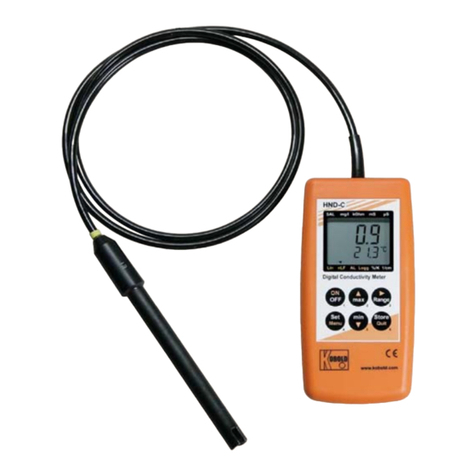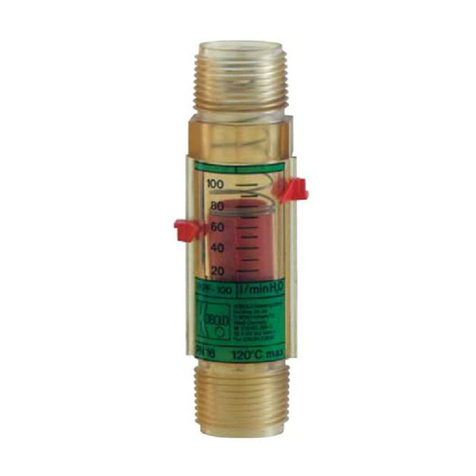Kobold APS-Z User manual
Other Kobold Measuring Instrument manuals
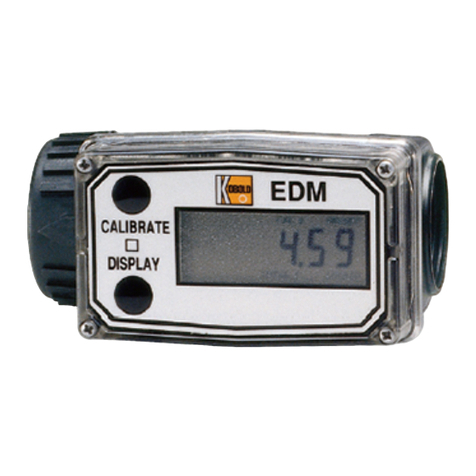
Kobold
Kobold EDM Series User manual
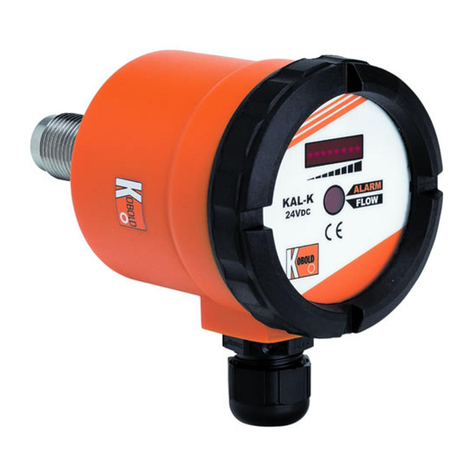
Kobold
Kobold KAL-K User manual
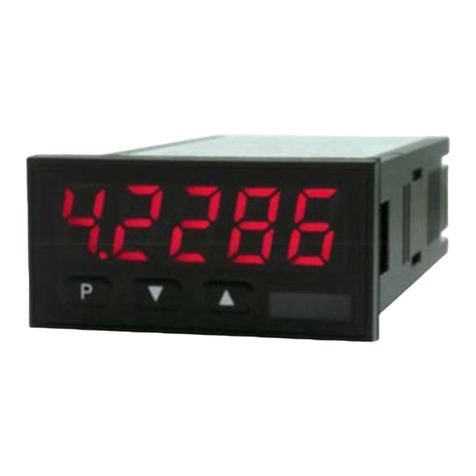
Kobold
Kobold DAG-M1F User manual
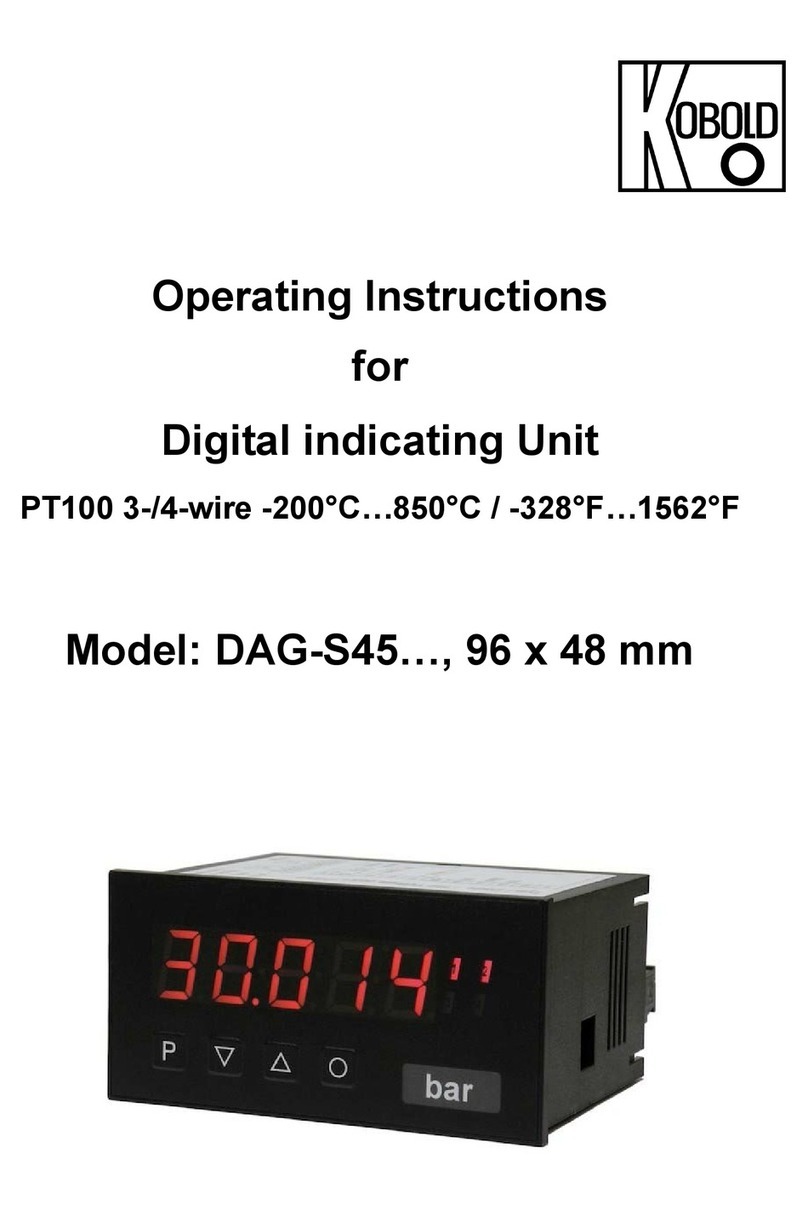
Kobold
Kobold DAG-S45 Series User manual
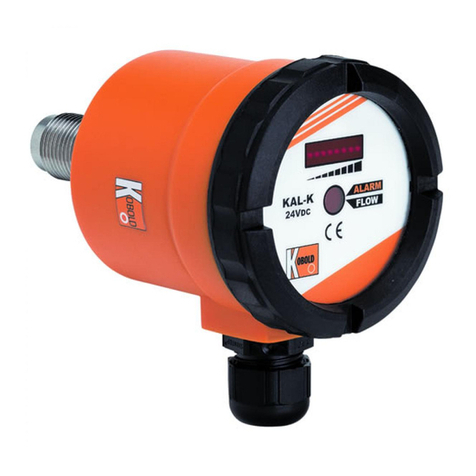
Kobold
Kobold KAL-A User manual

Kobold
Kobold DAG-S4F Series User manual
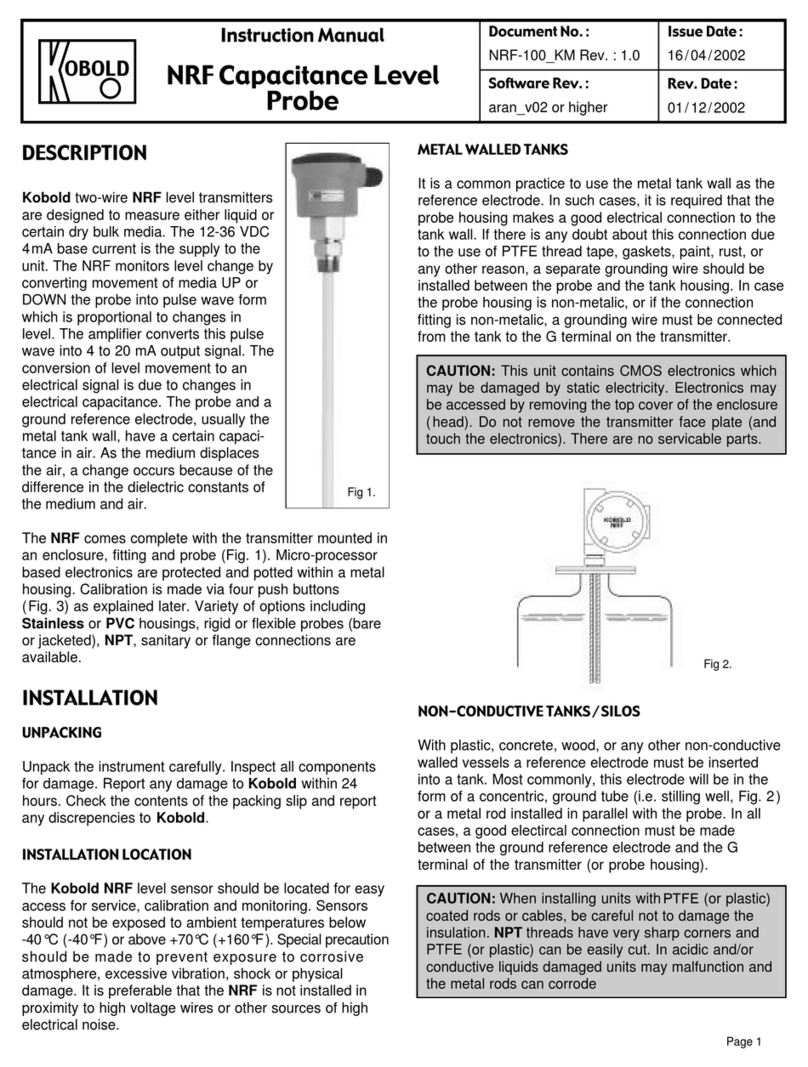
Kobold
Kobold NRF User manual
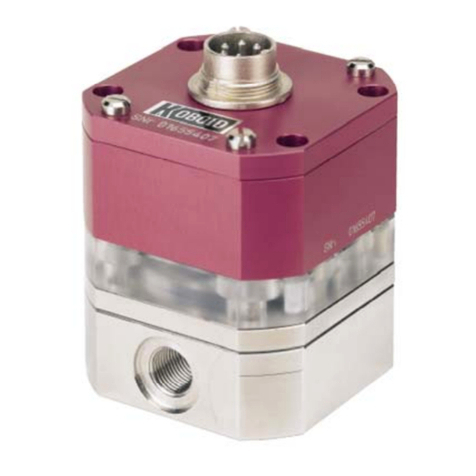
Kobold
Kobold LFM User manual
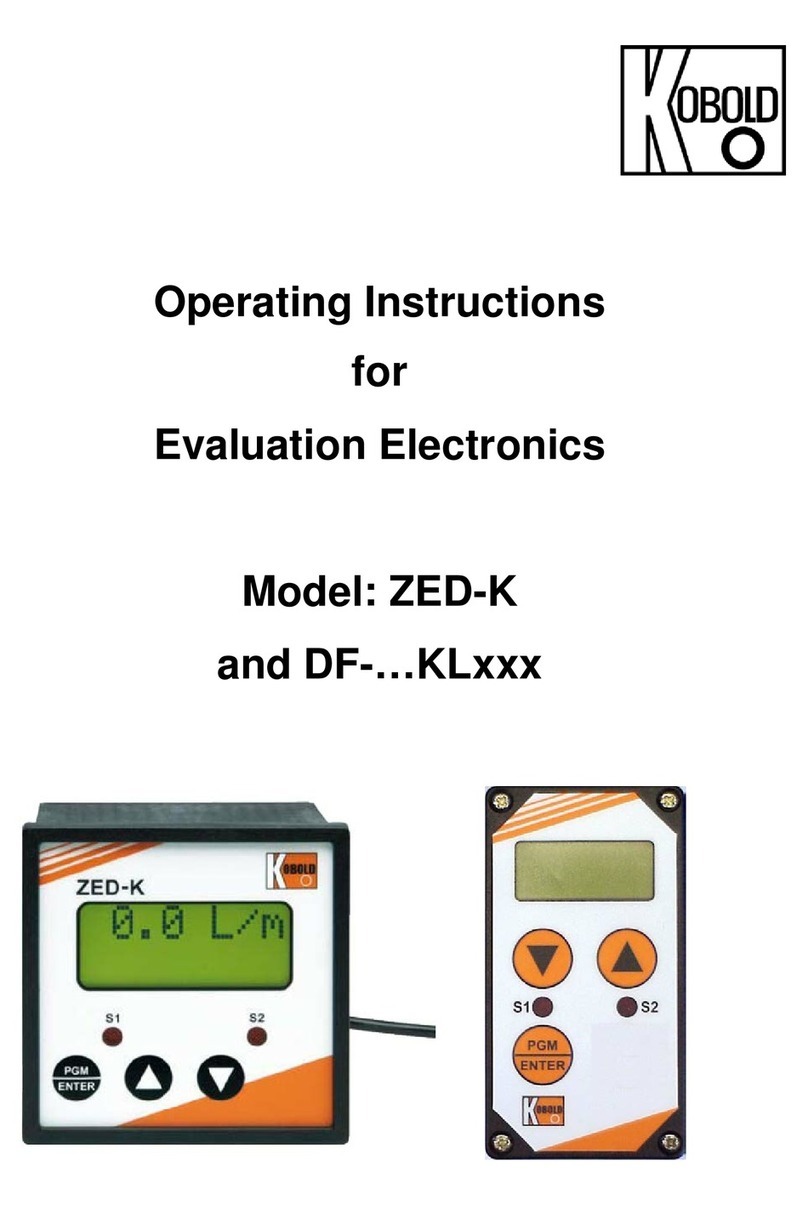
Kobold
Kobold DF KL Series User manual

Kobold
Kobold OVZ User manual

Kobold
Kobold DRS 0 Series User manual

Kobold
Kobold DOG-4 User manual
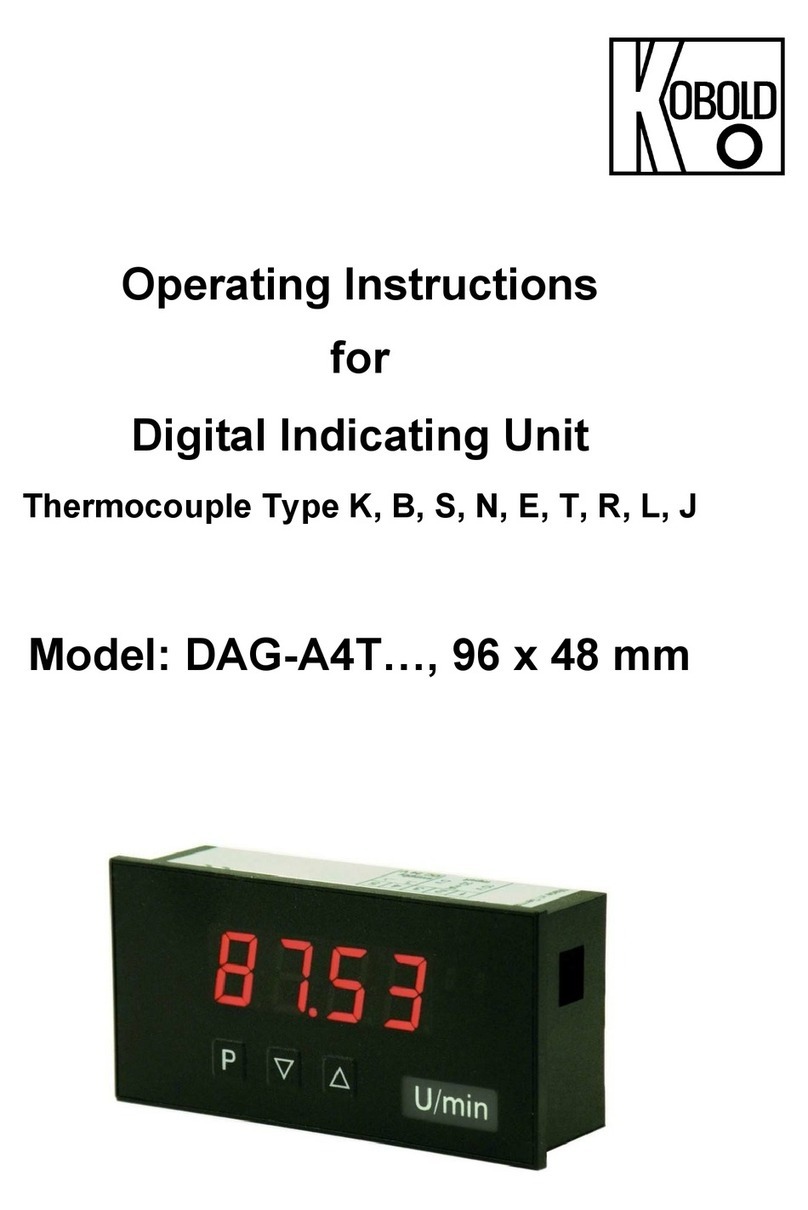
Kobold
Kobold DAG-A4T Series User manual
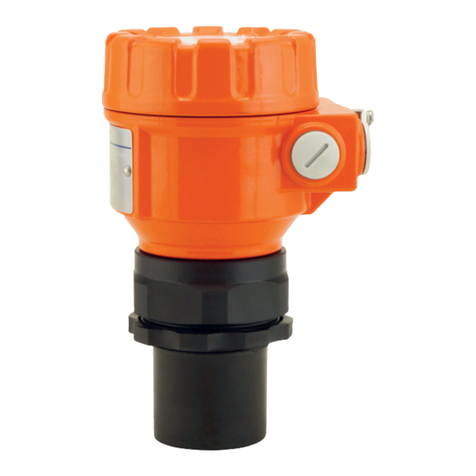
Kobold
Kobold NUS-4x04 User manual
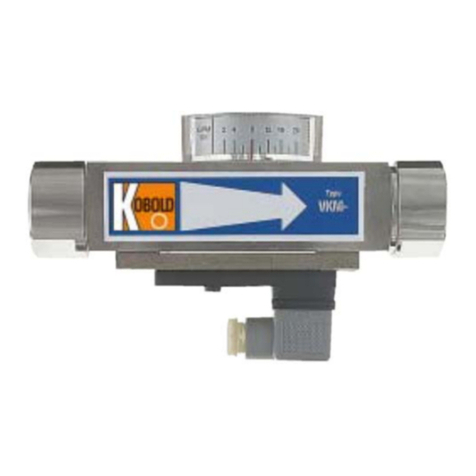
Kobold
Kobold VKA-*102 series User manual

Kobold
Kobold NZJ User manual

Kobold
Kobold URB User manual
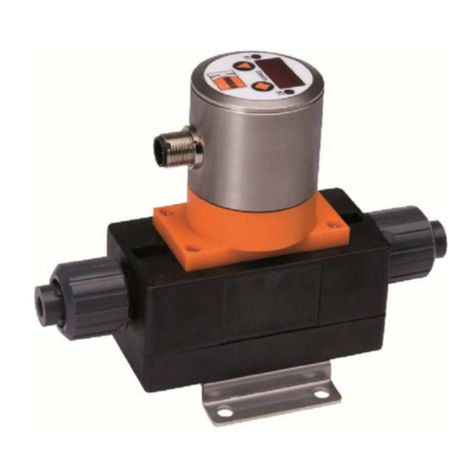
Kobold
Kobold Y-DVZ45001/PS25 User manual

Kobold
Kobold DAG-A34 User manual

Kobold
Kobold HND-PS01 User manual
Popular Measuring Instrument manuals by other brands

Powerfix Profi
Powerfix Profi 278296 Operation and safety notes

Test Equipment Depot
Test Equipment Depot GVT-427B user manual

Fieldpiece
Fieldpiece ACH Operator's manual

FLYSURFER
FLYSURFER VIRON3 user manual

GMW
GMW TG uni 1 operating manual

Downeaster
Downeaster Wind & Weather Medallion Series instruction manual

Hanna Instruments
Hanna Instruments HI96725C instruction manual

Nokeval
Nokeval KMR260 quick guide

HOKUYO AUTOMATIC
HOKUYO AUTOMATIC UBG-05LN instruction manual

Fluke
Fluke 96000 Series Operator's manual

Test Products International
Test Products International SP565 user manual

General Sleep
General Sleep Zmachine Insight+ DT-200 Service manual
